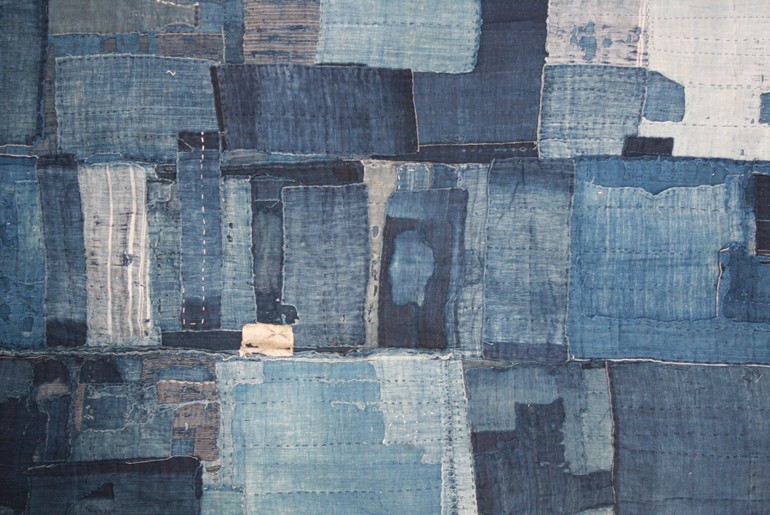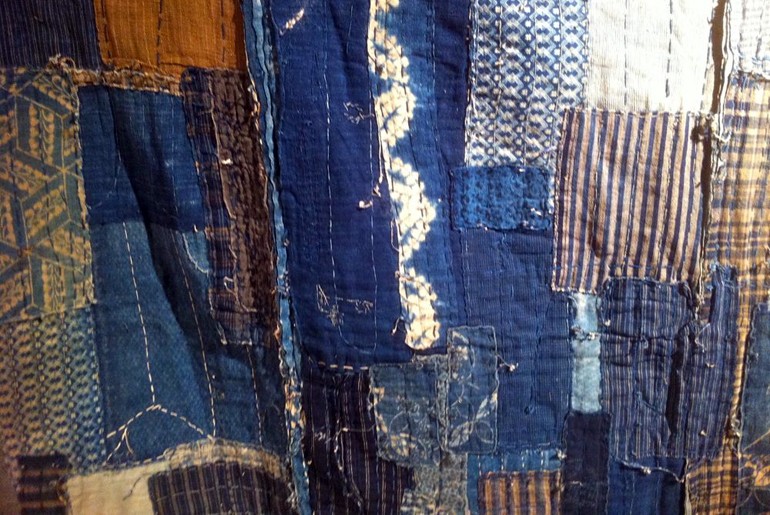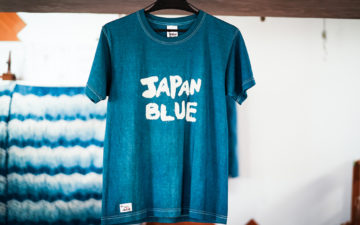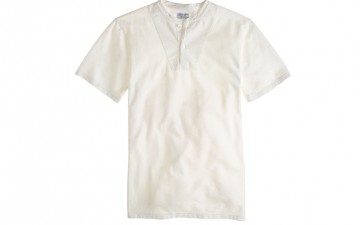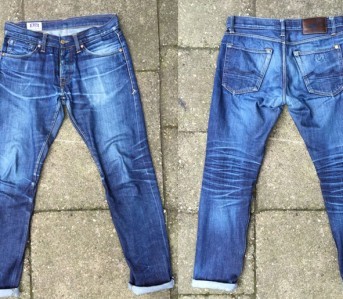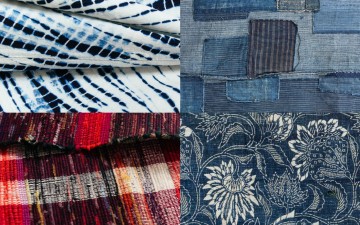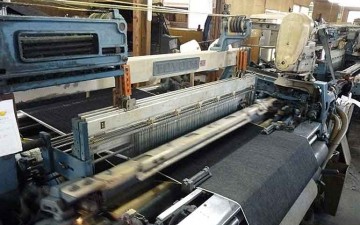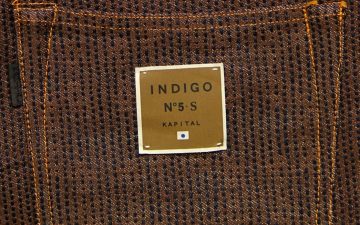Boro might sound unfamiliar to the everyday person, but in the world of indigo and Japanese fabrics, it has a storied history. The fabric is having a bit of a “renaissance” due to the fact that it’s now being used by contemporary brands in their products.
Now that rocking a boro garment only takes some coin from your wallet (in addition to some confidence), it’s especially important to know more about it and where it came from before it fully emerges into the mainstream.
What is Boro and how did it develop?
A traditional patchwork style, boro grew out of necessity as opposed to aesthetics. Meaning “ragged” or “tattered,” the boro style was favored by nineteenth and early twentieth-century rural Japanese. Cotton was not common in Japan until well into the twentieth century, so when a kimono or sleeping futon cover started to run thin in a certain area, the family’s women patched it with a small piece of scrap fabric using sashiko stitching.
Over generations of families, these textiles would acquire more and more patches, almost to the point of the common observer being unable to recognize where the original fabric began. Covered in indigo scraps, what is beautiful to us was at one time shameful to these Japanese. As they recovered after the end of World War II, to some the boro textiles reminded the Japanese of their impoverished rural past.
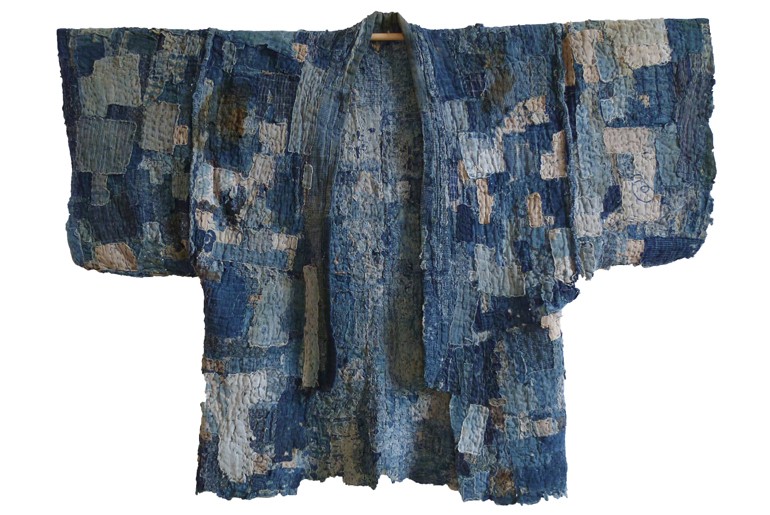
Traditional boro kimono | Image via Gerrie Congdon
When Japan stepped into the modern era and industrial common production became more commonplace, the boro style faded in popularity. Now, they’re regarded in the correct fashion; as tactile pieces of Japanese history. What’s especially significant for appreciators of raw denim is that in a similar way to a pair of nineteenth century denim overalls, boro was truly utilitarian.
Boro Today
It’s only right that some of the most renowned modern Japanese brands are carrying boro into the 21st century. Kapital is one such brand, who have produced boro denim jackets, jeans and even a tote. They’re deconstructed in a way to mimic the boro garments and textiles of old. Whereas in the past it was out of necessity, it’s now to honor that history.
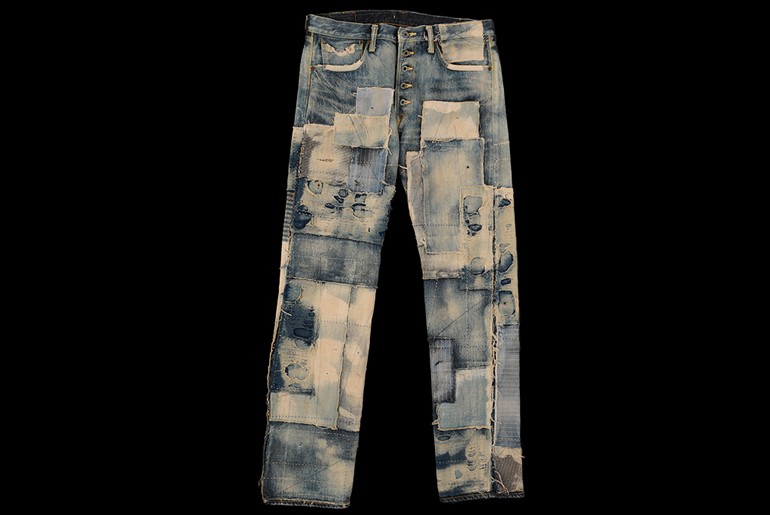
Kapital Shashiko Boro Five Pocket Pant in Indigo | Image via Unionmade
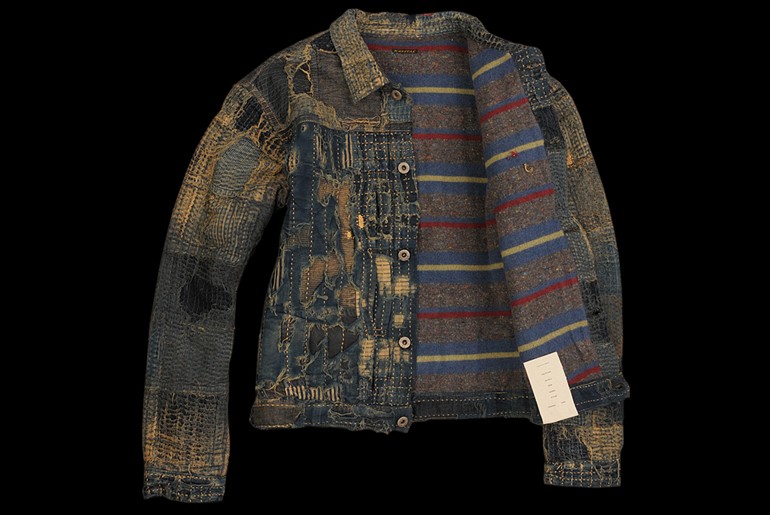
Kapital Boro 1st Jacket in Indigo | Image via Unionmade
Koromo is another Japanese brand carrying the boro torch. One of their product examples is a long-sleeved denim shirt with boro patches underneath the neckline.
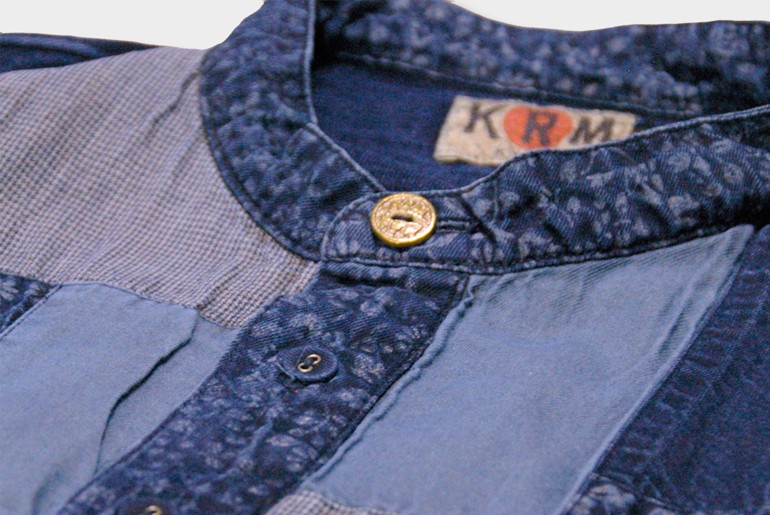
Koromo Boro Shirt | Image via Koromo
With an awareness of boro and the history behind it, it’ll now be easy for you to spot direct usage of boro and boro-inspired elements in some of your favorite brands as more and more of them start to jump on the bandwagon.
Lead images via Anakarli Zakuro and PRI.
